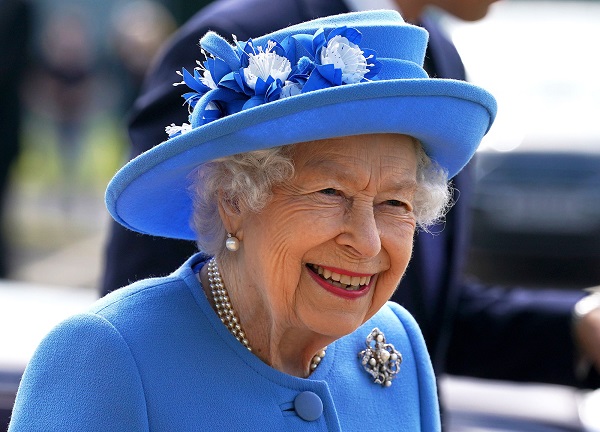 English
English

When the late historian Sir Ben Pimlott embarked on his 1996 biography, his colleagues expressed surprise that he should consider Queen Elizabeth II worthy of serious study at all. Read more on Dynamite News:

Cambridge: When the late historian Sir Ben Pimlott embarked on his 1996 biography, his colleagues expressed surprise that he should consider Queen Elizabeth II worthy of serious study at all. Yet Pimlott's judgement proved sound and, if few academics have followed his lead, the political role of the monarchy has received thoughtful treatment in the creative arts.
Stephen Frears's 2006 film, The Queen, showed her dilemma after the death of Princess Diana; Peter Morgan's stage play The Audience showed the monarch's weekly meetings with her prime ministers. And she has been shown in a generally positive and sympathetic light by both Netflix's acclaimed drama series The Crown and even in Mike Bartlett's speculative play King Charles III, about the difficulty her heir would have in filling her shoes.
Elizabeth's reign was a delayed result of the abdication crisis of 1936, the defining royal event of the 20th century. Edward VIII's unexpected abdication thrust his shy, stammering younger brother Albert onto the throne as King George VI. Shortly thereafter he was thrust into the role of figurehead for the nation through the second world war.
The war was the most important formative experience for his elder daughter, Princess Elizabeth. Her experience as a car mechanic with the ATS (Auxiliary Territorial Service the women's army service) meant that she could legitimately claim to have participated in what has been called the people's war .
The experience gave her a more naturally common touch than any of her predecessors had displayed. When, in 1947, she married Philip Mountbatten who became Duke of Edinburgh (and died in April 2021 at the age of 99) her wedding was seized on as an opportunity to brighten a national life still in the grip of post-war austerity and rationing.
Elizabeth II inherited a monarchy whose political power had been steadily ebbing away since the 18th century but whose role in the public life of the nation seemed, if anything, to have grown ever more important. Monarchs in the 20th century were expected both to perform ceremonial duties with appropriate gravity and to lighten up enough to share and enjoy the tastes and interests of ordinary people.
The Queen's elaborate coronation in 1953 achieved a balance of both these roles. The ancient ceremony could be traced to the monarchy's Saxon origins, while her decision to allow it to be televised brought it into the living rooms of ordinary people with the latest modern technology. Royal ceremonial was henceforth to be democratically visible, ironically becoming much better choreographed and more formal than it had ever been before.
Read also: It is a day of great loss: Truss on Queen Elizabeth's death
The Queen went on to revolutionise public perceptions of the monarchy when, at the urging of Lord Mountbatten and his son-in-law, the television producer Lord Brabourne, she consented to the 1969 BBC film Royal Family. It was a remarkably intimate portrayal of her home life, showing her at breakfast, having a barbecue at Balmoral and popping down to the local shops.
Prince Charles's investiture as Prince of Wales the same year, another royal television event, was followed in 1970 by the Queen's decision during a visit to Australia and New Zealand to break with protocol and mix directly with the crowds who had come out to see her. These walkabouts soon became a central part of any royal visit.
The highpoint of the Queen's mid-reign popularity came with the 1977 Silver Jubilee celebrations, which saw the country festooned in red, white and blue at VE Day-style street parties. It was followed in 1981 by the enormous popularity of the wedding at St Paul's Cathedral of Prince Charles to Lady Diana Spencer. (The Conversation/ PTI)
To know every facet about the glorious life of Queen Elizabeth II of Britain, click this link on Dynamite News
https://www.dynamitenews.com/tag/Queen-Elizabeth-DN
No related posts found.